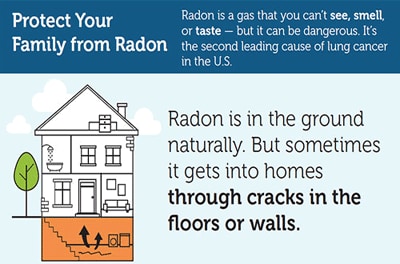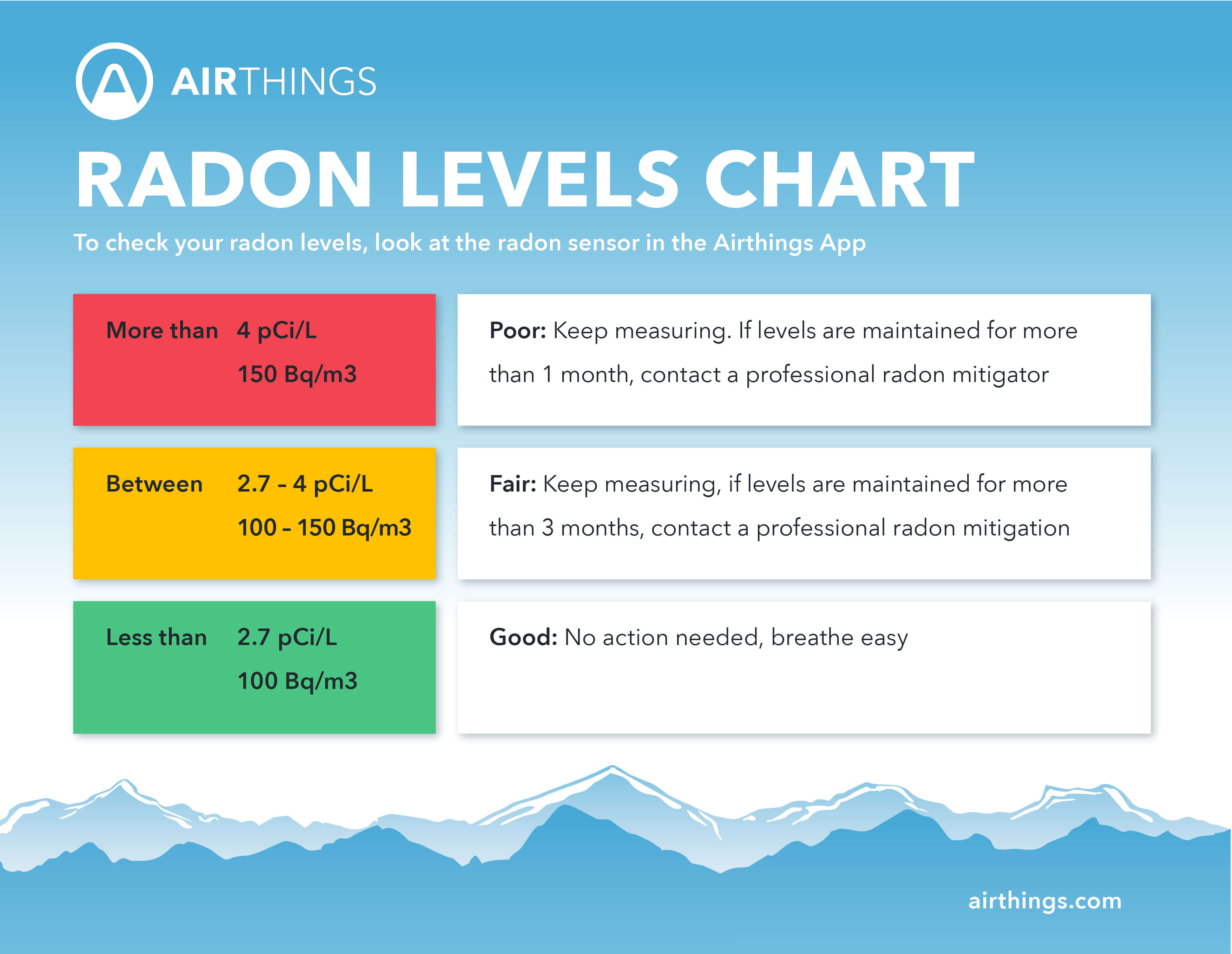If your house has elevated radon levels, Air testing is the only means to know One out of 4 houses may have radon degrees that surpass the EPA activity standard of 4 pCi/L. Radon gas that moves from under the ground can migrate right into interior areas, such as basements and also crawl spaces. Once inside an enclosed area, such as a home, radon can gather. Because of this, radon levels found in a home are usually more than the ordinary exterior radon concentration of 0.4 pCi/L (picocuries per litre of air).
Radon is conveniently attracted right into residences via fractures as well as voids in the structure as well as can get to focus that enhance the threat for developing lung cancer cells. You can repair the issue by having a radon reduction system mounted if you have an existing house with raised degrees of radon. A radon reduction system contains a vent pipeline, fan and also the proper securing of cracks.
Nonetheless, you choose what you consume, whether or not you smoke, as well as exactly how as well as when you drive. You have no option however to take a breath the air in your house.
Radon Testing As Well As The 7 Trick Points Every Property Owner Need To Know
- At or above this level of radon, the EPA suggests you takecorrective steps to reduce your direct exposure to radon gas.
- Radon Act 51 gone by Congress established the natural exterior degree of radon gas (0.4 pCi/L) as the target radon level for interior radon levels.
- However two-thirds of all residences surpass this degree.
- The United States EPA was charged with setting functional standards and also recommendations for the country.
Although it can seep straight with pores in concrete, the worst entry points are voids in floorings and also walls (see image above). Any kind of home, of any kind of age, in any type of state, can have elevated radon degrees, the EPA warns. It really depends upon the means your details house connects with the surrounding soil.
The combination of smoking and also radon exposure elevates the threat of lung cancer cells more than either cigarette smoking or radon direct exposure alone. When somebody inhales radon gas, it goes into their lungs, exposing them to small amounts of radiation. This might damage the cells in the lining of the lungs and also enhance an individual's threat of lung cancer. The threat is greater in those that have lived for years in a radon-contaminated house

Just How Does Radon Get In Your House?
It is estimated that a decrease of radon degrees to below 2 pCi/L across the country would likely decrease the yearly lung cancer deaths credited to radon by 50%. Nonetheless, despite an action level of 2.0 pCi/L, the cancer risk provided by radon gas is still thousands of times higher than the threats enabled carcinogens in our food and water. The US EPA has put it simply, specifying, "Any radon exposure has some threat of triggering lung cancer. Radon gas is a naturally-occurring result of the radioactive decay of Uranium in the dirt. Depending upon your geographical area, the radon https://wanelo.co/gunnig39zq degrees of the air you take a breath outside of your home might be as high as 0.75 pCi/L.
